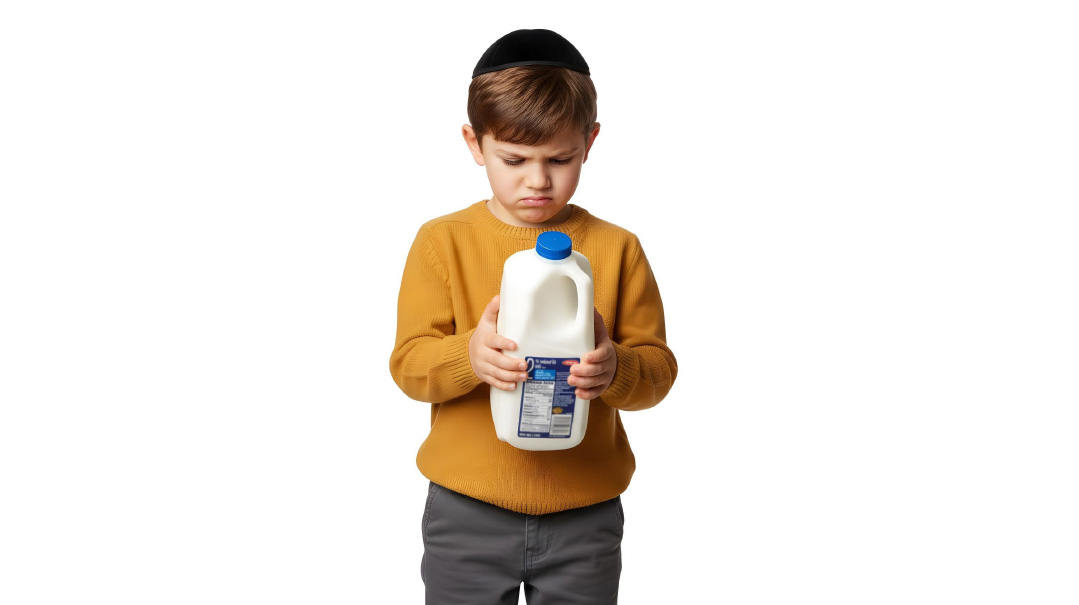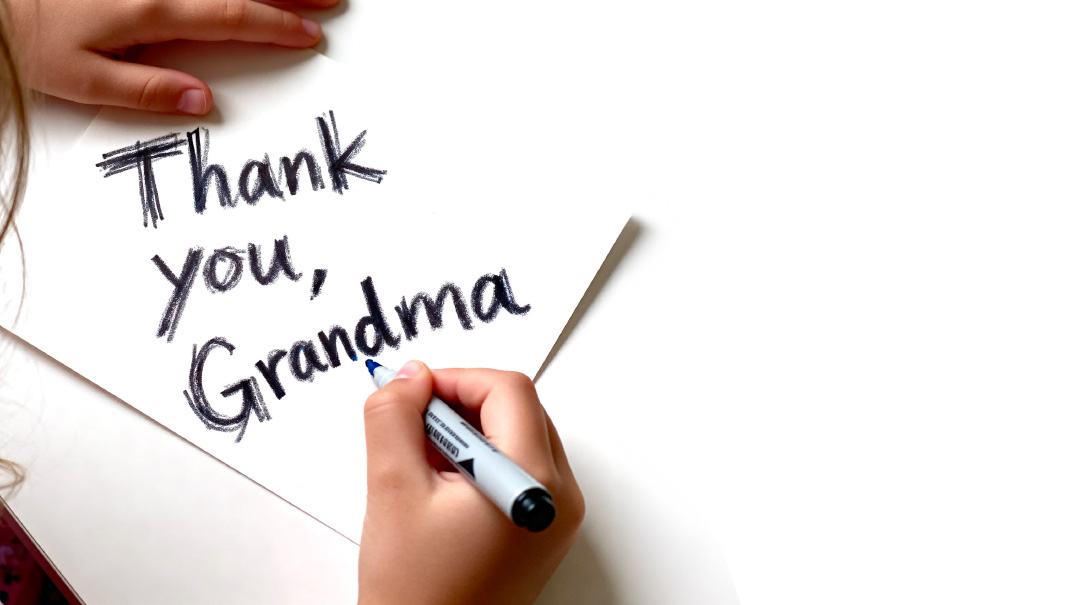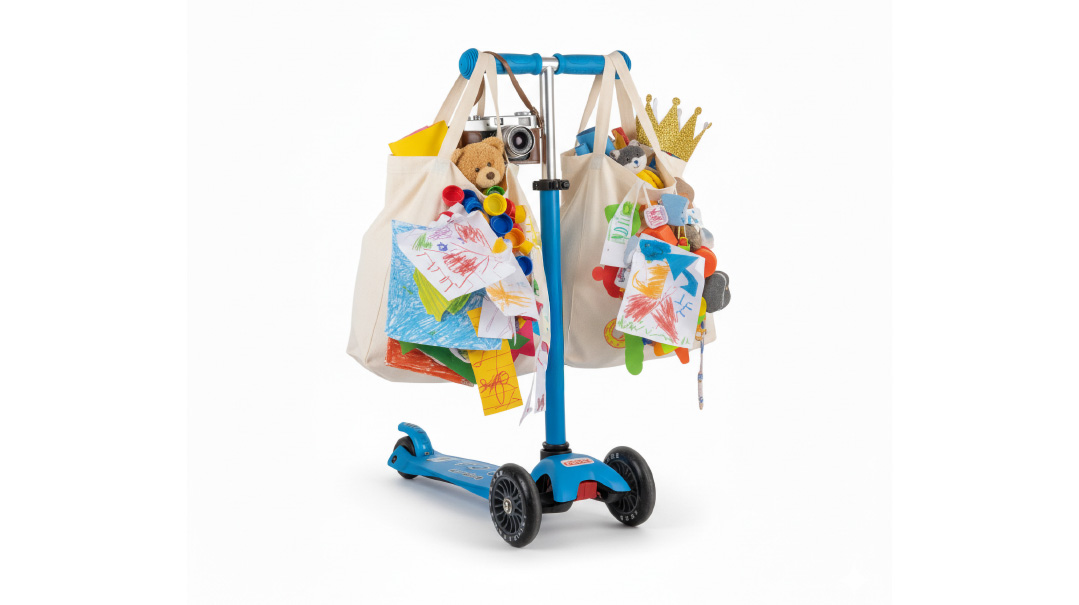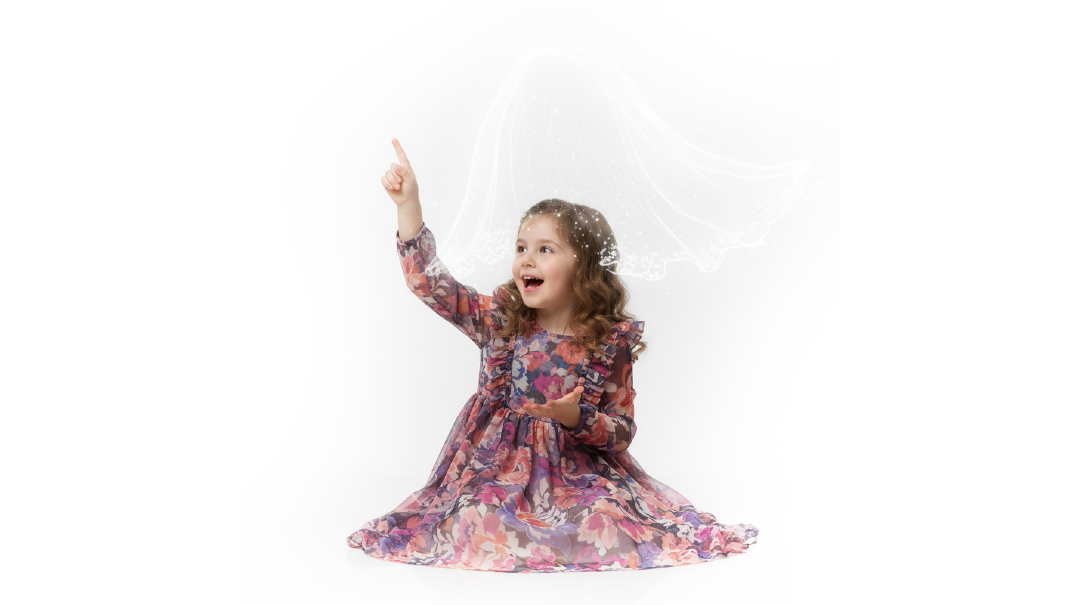Once Upon a Time
| July 16, 2024Spoiler Alert: This story does not have a happy ending, at least not in the classic sense
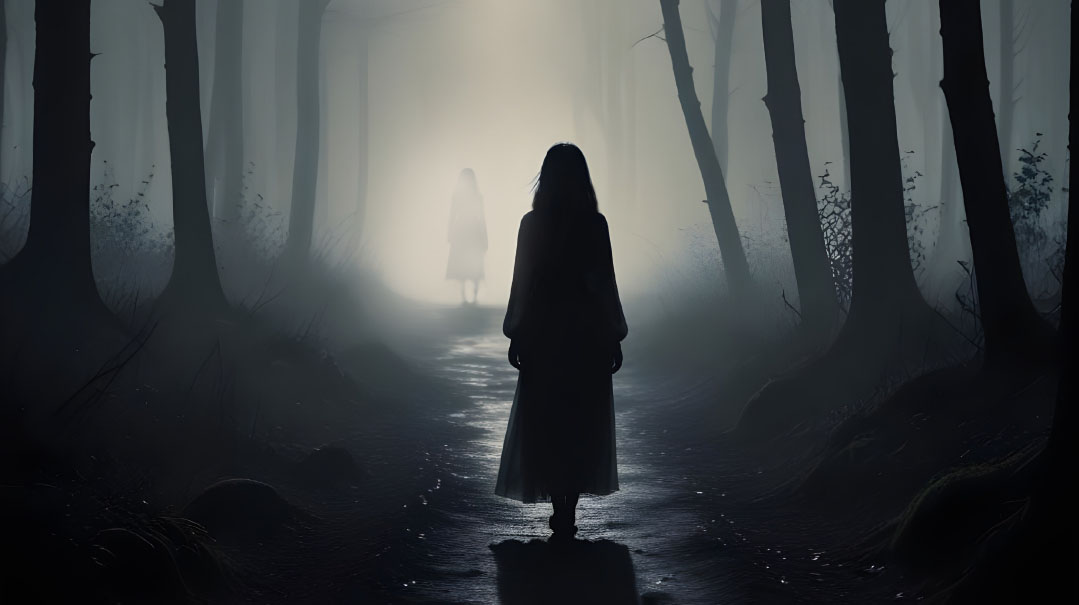
O
nce upon a time there was a mother and a daughter. She was not the mother’s only daughter, but for the purposes of this story, she is the focus. Just to be clear, the main character in this story is the mother.
Spoiler Alert: This story does not have a happy ending, at least not in the classic sense. It is more of a choose-your-own- adventure story. The ending is open to interpretation and it can always be changed.
Mother first noticed something was up with Daughter when she began flouting the school dress code. She assuaged her discomfort with pithy sayings like:
Socks are only minhag hamakom.
And there is certainly no halachah that says you can’t braid your hair in cornrows. (The mother was so very certain. She had lived her life until that point with this sense of certainty so she had no other frame of reference from which to draw.)
It was difficult for the mother to see these changes. She did not realize they were symptoms of a much deeper disease. It was good that she did not know this, as the external manifestations were painful enough to bear. She was not ready for more. She would never be able to handle more.
Oops! We could not locate your form.

